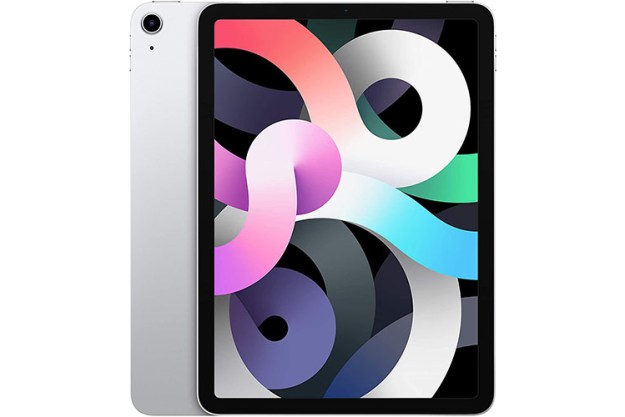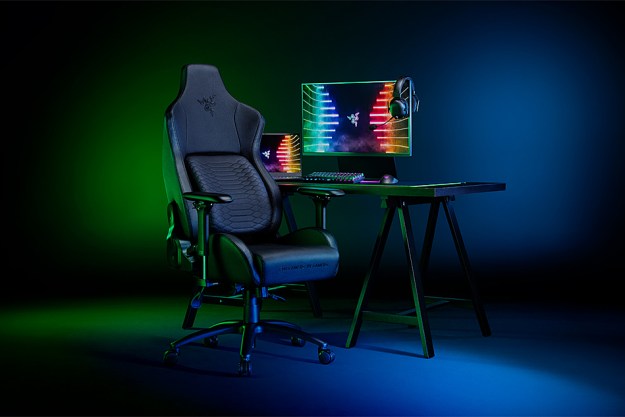That’s not hyperbole either. Nvidia has already debuted a working version of a 1,700Hz display at this year’s Graphics Technology Conference, impressing attendees with its potential for the future. In the video above, you can see that even when zoomed in with a microscope and shaken vigorously, Nvidia’s high-refresh-rate display was able to maintain a stable logo in the centre of the image.
Try doing that on a traditional display, even one of the 90Hz ones in a VR headset, and you are going to see a lot of blurring. As RoadToVR points out, those displays refresh an image once ever 11 milliseconds, whereas in contrast Nvidia’s prototype display does the same in 0.58 milliseconds.
Related: Our 6 absolute favorite HTC Vive launch games
This is particularly important because in virtual reality, frame rate is king. If you move your head and the world doesn’t keep up with your motion, your brain recognizes something is wrong and can make you feel ill. Although the latest generations of headsets, with 90Hz refresh rates, go far in making it a comfortable experience, extra frames per second would hardly hurt.
Of course we are unlikely to be able to own hardware that can render frame rates that can match the refresh rate of such a display any time soon, but Nvidia’s display would eliminate any lag from the display at least. It also means those with more powerful systems may be able to have smoother experiences, as well as prettier ones if they choose.





